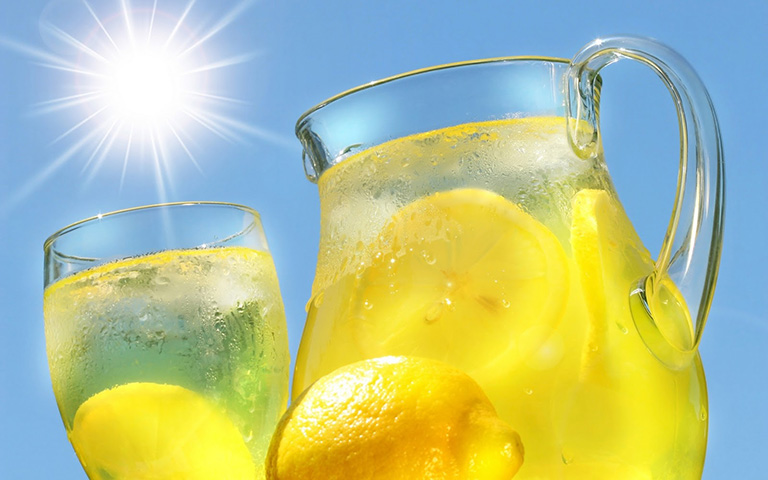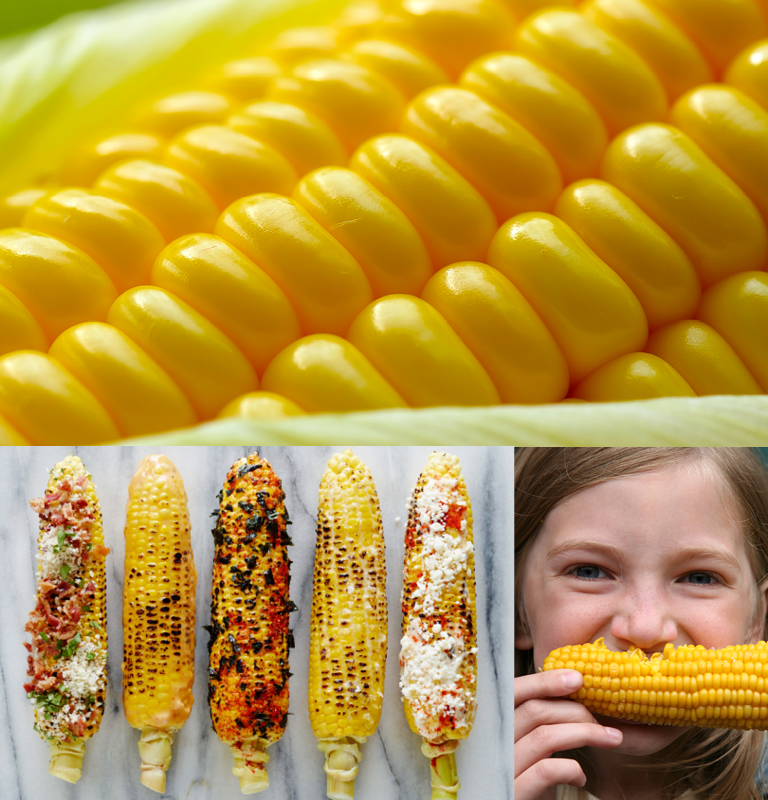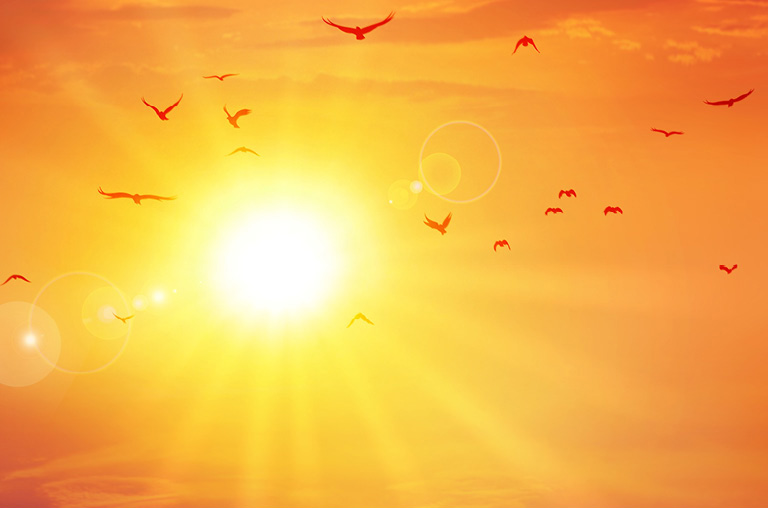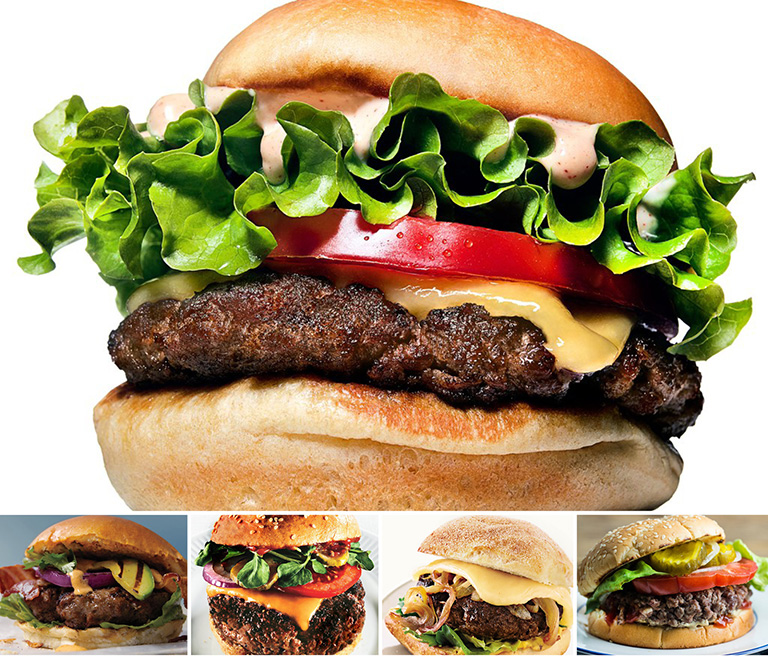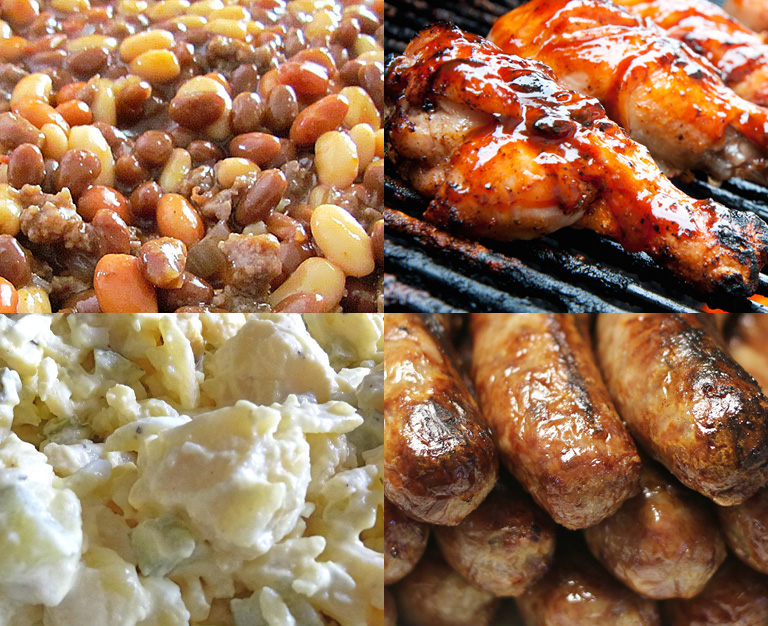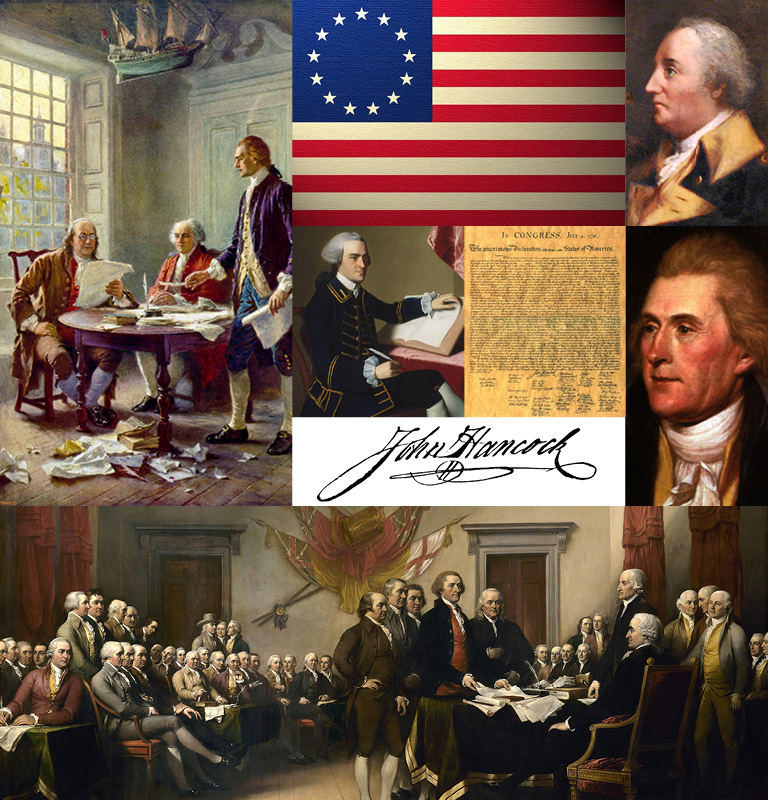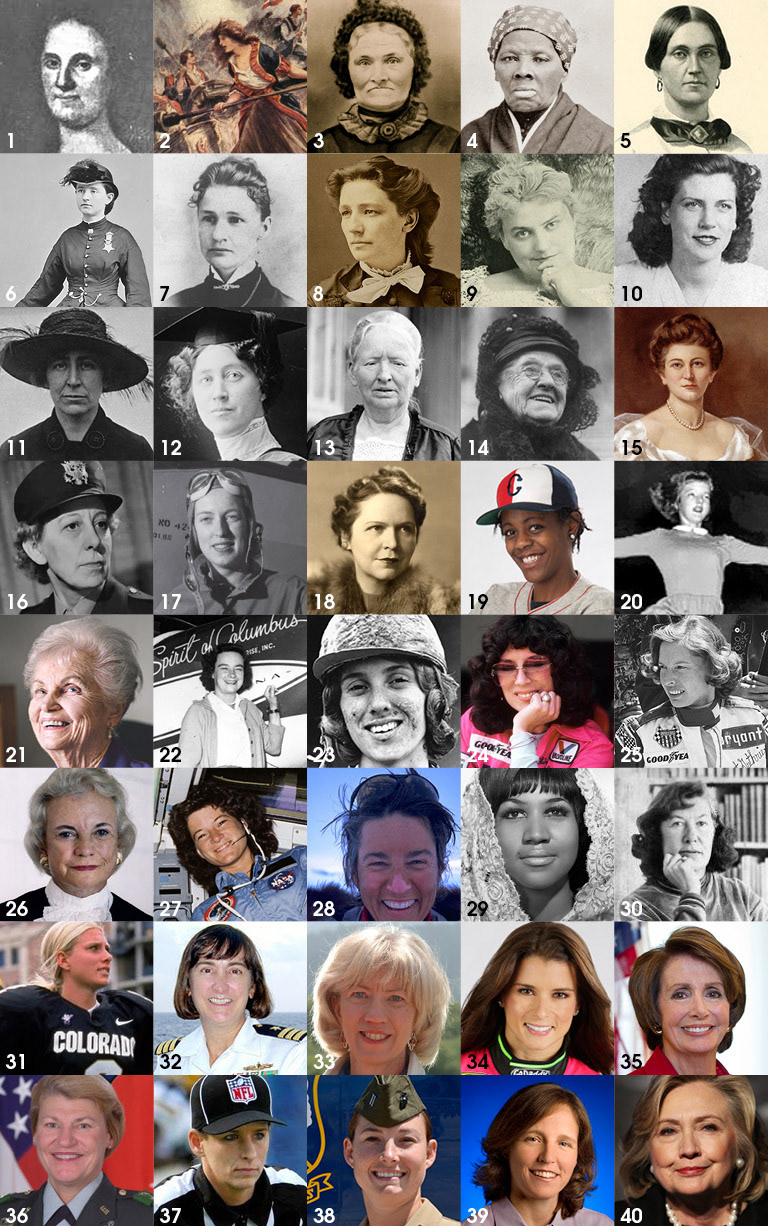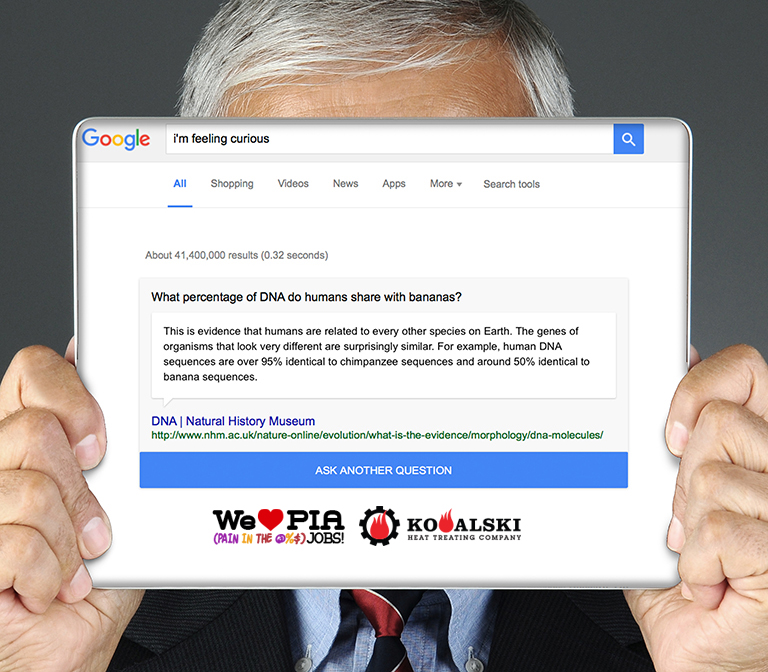
KHT people are a naturally curious lot. As many of you will loudly attest, I am certainly full of it!!
We love finding answers to your PIA (Pain In The %@$) Jobs. And we’re always excited to get on to the next challenge. Learning new things is a natural inclination we Kowalski Heat Treaters share.
So, want to know something that you didn’t know you need to know?
Well, if you like discovering interesting things like we do, try typing the phrase i’m feeling curious into Google’s search window. The card at the top will deliver a random question and answer with a link to the more detailed answer. After reading, click the “ask another question” button for more factoids. I burned an hour the other day and learned, among other things, that humans share 50% of their DNA with bananas. (I love bananas. Especially with p-nut butter dabbed on each bite.) Here are some other random things I learned:
What percentage of DNA do humans share with bananas?
This is evidence that humans are related to every other species on Earth. The genes of organisms that look very different are surprisingly similar. For example, human DNA sequences are over 95% identical to chimpanzee sequences and around 50% identical to banana sequences.
Why do you vote on Tuesday?
In 1845, the United States was largely an agrarian society. Farmers often needed a full day to travel by horse-drawn vehicles to the county seat to vote. Tuesday was established as election day because it did not interfere with the Biblical Sabbath or with market day, which was on Wednesday in many towns.
When did Abraham Lincoln and Mary Todd get married?
Mary Todd married Abraham Lincoln on November 4, 1842, at her sister Elizabeth’s home in Springfield, Illinois. She was 23 years old and he was 33 years of age.
Where is the world’s oldest operating amusement park located?
Bakken, located in Klampenborg, North of Copenhagen (Denmark), opened in 1583 and is currently the oldest operating amusement park in the world. The park claims to have over 150 attractions, including a wooden roller coaster built in 1932.
How long ago was the formation of the moon?
The moon was formed ~ 4.5 billion years ago, about 30–50 million years after the origin of the Solar System, out of debris thrown into orbit by a massive collision between a smaller proto-Earth and another planetoid, about the size of Mars.
Why is it called ebay?
Originally, the site belonged to Echo Bay Technology Group, Omidyar’s consulting firm. Omidyar had tried to register the domain name echobay.com, but found it already taken by the Echo Bay Mines, a gold mining company, so he shortened it to his second choice, eBay.com.
Who was the first person to win two Nobel Prizes?
Marie Curie was the first person to win two Nobel Prizes, and is one of only two people in the history of the Nobels to win in two different fields. She and her husband Pierre, along with Henri Becquerel, won the Physics Prize in 1903 for their discovery of radioactivity.
What element is a diamond made of?
Diamonds are made up of the element carbon. Also, graphite is also made up of carbon. The only difference between the two is the way that the atoms are bonded together.
Which planet has the fastest rotation?
Jupiter is the fastest spinning planet in our Solar System rotating on average once in just under 10 hours. That is very fast especially considering how large Jupiter is. This means that Jupiter has the shortest days of all the planets in the Solar System.
Who was the first Spaniard to set foot on what is now the United States?
Ponce de Leon had sailed with Columbus on his second voyage. He explored and conquered Puerto Rico and became its governor. He later sailed to North America landing in present day Florida searching for the Fountain of Youth. He was the first Spaniard to set foot in what is today the United States.
What are Taylor Swift’s fans called?
Taylor Swift Fans: Swifties. Taylor Swift fans refer to themselves as Swifties, a cute play on the singer’s last name. While some celebs like to bestow the nickname upon their fans, it looks as if the Swifties of the world came up with this one all on their own.
What percentage of species have been discovered?
Even after centuries of effort, some 86 percent of Earth’s species have yet to be fully described, according to new study that predicts our planet is home to 8.7 million species.
What makes up all living things?
The six most common elements in living things are carbon, hydrogen, oxygen, nitrogen, phosphorus, and sulfur. Atoms of these elements combine and form thousands of large molecules. These large molecules make up the structures of cells and carry out many processes essential to life.
How many dreams does the average person have in one night?
The average person has about 3 to 5 dreams per night, but some may have up to 7 dreams in one night. The dreams tend to last longer as the night progresses. During a full 8-hour night sleep, two hours of it is spent dreaming. It is not at all unusual for a person to have more than one dream per night.
How many glasses of milk does a cow produce in its lifetime?
One cow can produce 200,000 glasses of milk in its lifetime. In one year, a dairy cow produces 1,500 gallons, or 6,000 quarts of milk. The average U.S. dairy cow produces 22.5 quarts of milk per day.
Is the tongue a muscle or an organ?
The tongue is a muscular organ in the mouth. The tongue is covered with moist, pink tissue called mucosa. Tiny bumps called papillae give the tongue its rough texture. Thousands of taste buds cover the surfaces of the papillae.
How is food cooked in a microwave?
Microwaves are produced inside the oven by an electron tube called a magnetron. The microwaves are reflected within the metal interior of the oven where they are absorbed by food. Microwaves cause water molecules in food to vibrate, producing heat that cooks the food.
What state has the longest name?
The country’s smallest state has the longest official name: “State of Rhode Island and Providence Plantations.”
How many people have ever lived on earth?
Others have estimated the number of human beings who have ever lived to be anywhere from 45 billion to 125 billion, with most estimates falling into the range of 90 to 110 billion humans.
What part of the body never stops growing?
Bones, stop growing after puberty and muscle and fat cells also stop dividing. But cartilage – that’s the plastic-like stuff in ears and noses – cartilage continues to grow until the day you die. Not only does cartilage grow, but the earlobes elongate from gravity.
What does the S stand for in Ulysses S Grant’s name?
The congressman who appointed Grant mistakenly believed his first name was Ulysses and his middle name was Simpson (his mother’s maiden name). Grant never amended the error and went on to accept Ulysses S. Grant as his real name, although he maintained that the “S” did not stand for anything.
Who invented liquid paper?
Bette Nesmith Graham. Bette Claire Graham (March 23, 1924 – May 12, 1980) was an American typist, commercial artist, and the inventor of Liquid Paper. She was also the mother of musician and producer Michael Nesmith of The Monkees.
Who was the first woman to graduate from college?
Elizabeth Blackwell was the first woman to receive a medical degree from a regular American medical school, Geneva Medical College. Nancy Elizabeth Talbot Clark was the first woman to graduate from Western Reserve’s nine-year-old medical school. CWRU’s First Women – Case Western Reserve University
Have fun. Gain a little more knowledge. Be a little smarter than you were a minute ago. And, bet you can’t click just once.
Curious how we can help with your PIA (Pain in the @%$) Jobs! Call me: 216-631-4411. Or email SKowalski@KHTheat.com.
